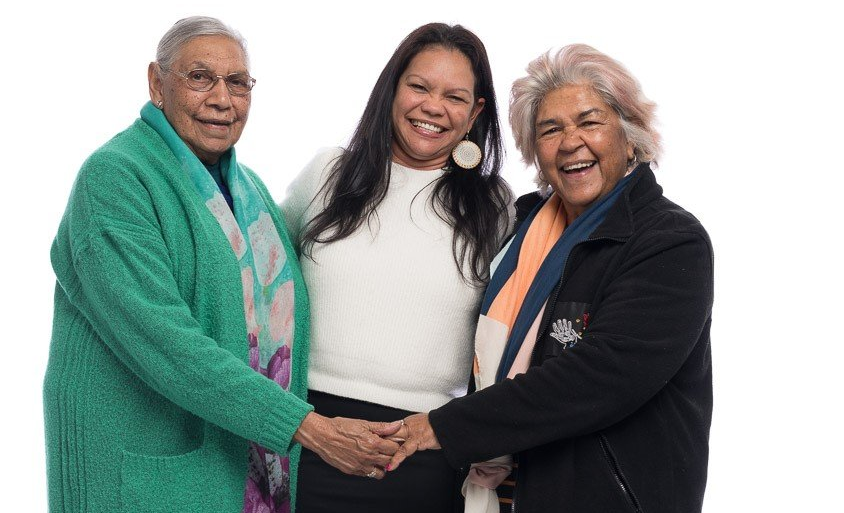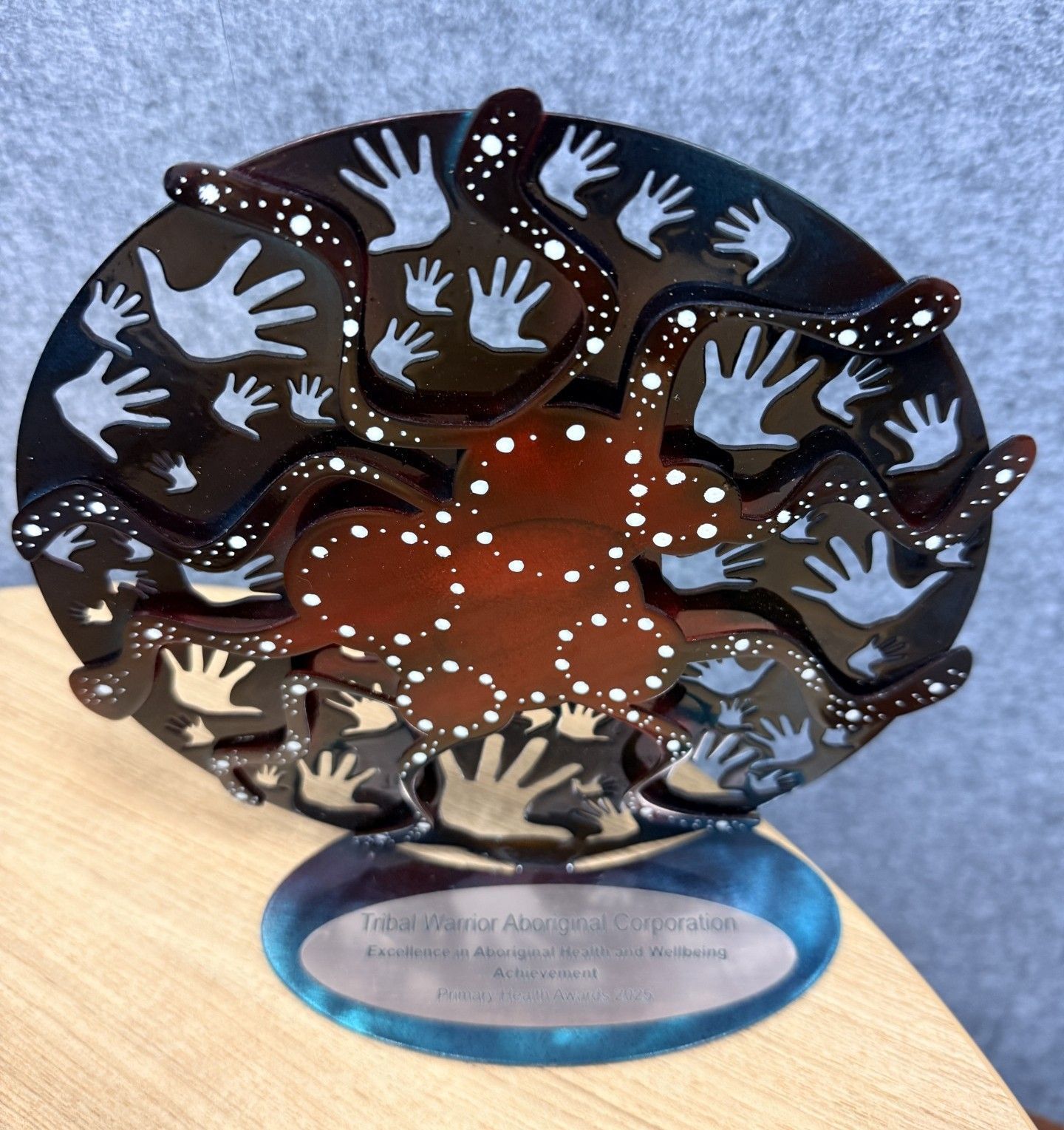5 Cultural Awareness Pitfalls Every Workplace Can Avoid
Avoid these 5 common cultural awareness mistakes in the workplace and create a respectful, inclusive environment where everyone feels valued.

In today’s diverse workplaces, cultural awareness isn’t just a “nice to have” — it’s essential for building trust, retaining staff, and driving innovation. Yet even well-meaning organisations can fall into common pitfalls that unintentionally damage relationships and undermine inclusion.
By recognising and addressing these cultural awareness mistakes, workplaces can foster genuine respect, improve team cohesion, and create an environment where all employees feel seen and heard.
1. Treating Cultural Awareness as a One-Off Training
Many organisations book a single cultural awareness workshop and assume the work is done. True cultural competence is an ongoing journey, not a checkbox.
How to avoid it:
- Embed learning into your professional development plan.
- Include cultural awareness refreshers in annual training.
- Encourage leaders to model inclusive behaviours every day.
2. Overgeneralising or Relying on Stereotypes
Good intentions can still lead to harm if cultural understanding is based on assumptions rather than lived experience.
How to avoid it:
- Seek direct input from people with lived experience.
- Avoid making sweeping statements like “All [group] think…”
- Provide space for individual voices and perspectives.
3. Ignoring Local Context and Protocols
What’s respectful in one community may not be appropriate in another. This is especially important when engaging with First Nations communities, where each Nation has its own customs, languages, and histories.
How to avoid it:
- Research the local Traditional Custodians of the land where your workplace operates.
- Consult with local Elders or cultural advisors before hosting events.
- Include appropriate Acknowledgement of Country or Welcome to Country.
4. Focusing Only on Compliance Instead of Connection
Some workplaces treat cultural awareness as a tick-the-box compliance activity rather than an opportunity to build meaningful relationships.
How to avoid it:
- Pair policy changes with genuine human engagement.
- Encourage staff to participate in cultural events, festivals, or local community initiatives.
- Recognise and celebrate culturally significant days beyond NAIDOC Week.
5. Failing to Measure Impact
Without tracking outcomes, it’s hard to know if your cultural awareness initiatives are making a difference.
How to avoid it:
- Gather anonymous staff feedback before and after training.
- Measure changes in engagement, retention, and inclusion survey scores.
- Review progress annually and adapt your approach.
Cultural awareness isn’t just about avoiding mistakes — it’s about creating a workplace where everyone feels valued, respected, and empowered to bring their whole selves to work.
By avoiding these five pitfalls, organisations can move from awareness to action, fostering stronger teams and more inclusive communities.
If you’re ready to take the next step, explore our Cultural Awareness Training programs — delivered by experienced First Nations facilitators who bring real-world insight and practical tools to every session.
Building cultural awareness in the workplace goes beyond avoiding mistakes — it’s about creating an environment where every team member feels respected, included, and empowered to contribute their best. Our First Nations-led Cultural Awareness Training equips your organisation with the knowledge, tools, and confidence to make lasting change. Don’t wait for small misunderstandings to become big challenges —
book your cultural awareness training today and take the next step towards a truly inclusive workplace.











